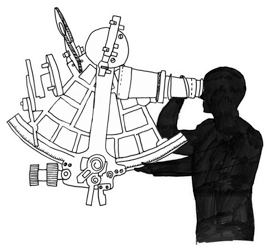Shaping for change
With an intentional drive to develop internal capability, equipping leaders, co-creating and producing sustainable change, we have one purpose in mind: to equip your people to take ownership and accountability for their change.
We work alongside you as your change partner, augmenting and aligning the internal team from day one with our award-winning expertise.
We work with you to articulate a clear vision and objective for change, establishing what drives and motivates people in your organisation. Without a people focus on change – how they operate currently and how they will operate in the future state – you cannot fully realise the benefits of a programme. It’s the people in your organisation who will ultimately lead, adopt and sustain change and form the bedrock of how the future organisation operates.

Readiness for change
Failure to prepare and embed a strategy for designing and managing change means a shared purpose is not created and benefits are not identified and realised.
At Afiniti, we use our 6Lever™ change readiness assessment tool to uncover where you are now, establish the rationale for change, what needs to be done to accelerate change and most importantly make it sustainable. Then, we co-create change management process, establish change infrastructure, tools and methodology to minimise risk and boost efficiency and benefits realisation.
We understand that no two businesses are the same. We work with you to establish a foundation for a uniform approach to delivering change, underpinned by proven change management interventions, that fit the precise needs of your business.

Delivering successful change
Your people are the most important part of your organisation. Without their skills, understanding and support, your business cannot adapt. At Afiniti, we focus on increasing business change capability by putting people at the heart.
Through strategic engagement and communication campaigns, we work with you to tell a compelling story of your business and its future. Our communication plans create emotional buy-in from your stakeholders and equip your people to lead change. We support every step of the journey, ensuring your people feel a sense belonging and that they actively part of the change. We do this by bringing your project to life through a creative identity, helping push values and messages that create a meaningful journey, and Make Change Stick.

Embedding change
At Afiniti, we monitor and measure the impact of engagement and communications throughout your project to make sure they are working and will deliver sustainable change and business benefits.
As a result of our campaigns, organisations see big increases in engagement scores, increased contribution from their people and consistently high feedback. Targets for change adoption have been significantly exceeded and behaviours have been embedded in the long term.
Through analysis, design, delivery and evaluation, we close the gap between your best-case objectives and the reality.







